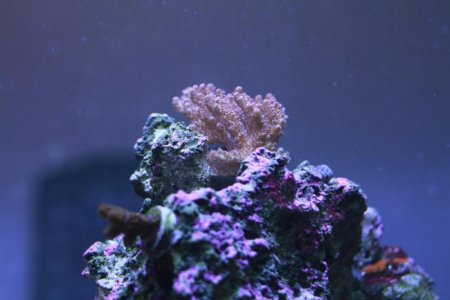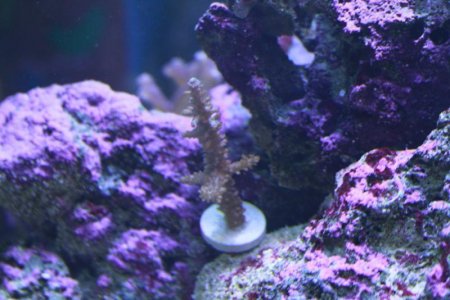Reefin' Dude
New member
when watching alk levels it is good to also watch Ca and Mg just as closely. if alk drops, but Ca and Mg do not. this indicates an increase in bacterial activity. a sign that the system is becoming more eutrophic. the bacteria are using the carbonate for an elemental carbon source. why carbon dosing works.
if the system is having a chronic low alk problem. a good indication that there is a lot phosphate build up in the system. should look at ways to remove the source of food for all of this bacterial activity. detritus could be hiding behind the LR structure or within the substrate itself. the calcium carbonate structures are no longer able to maintain a phosphate level lower than what is necessary to maintain NSW alk levels.
G~
if the system is having a chronic low alk problem. a good indication that there is a lot phosphate build up in the system. should look at ways to remove the source of food for all of this bacterial activity. detritus could be hiding behind the LR structure or within the substrate itself. the calcium carbonate structures are no longer able to maintain a phosphate level lower than what is necessary to maintain NSW alk levels.
G~



